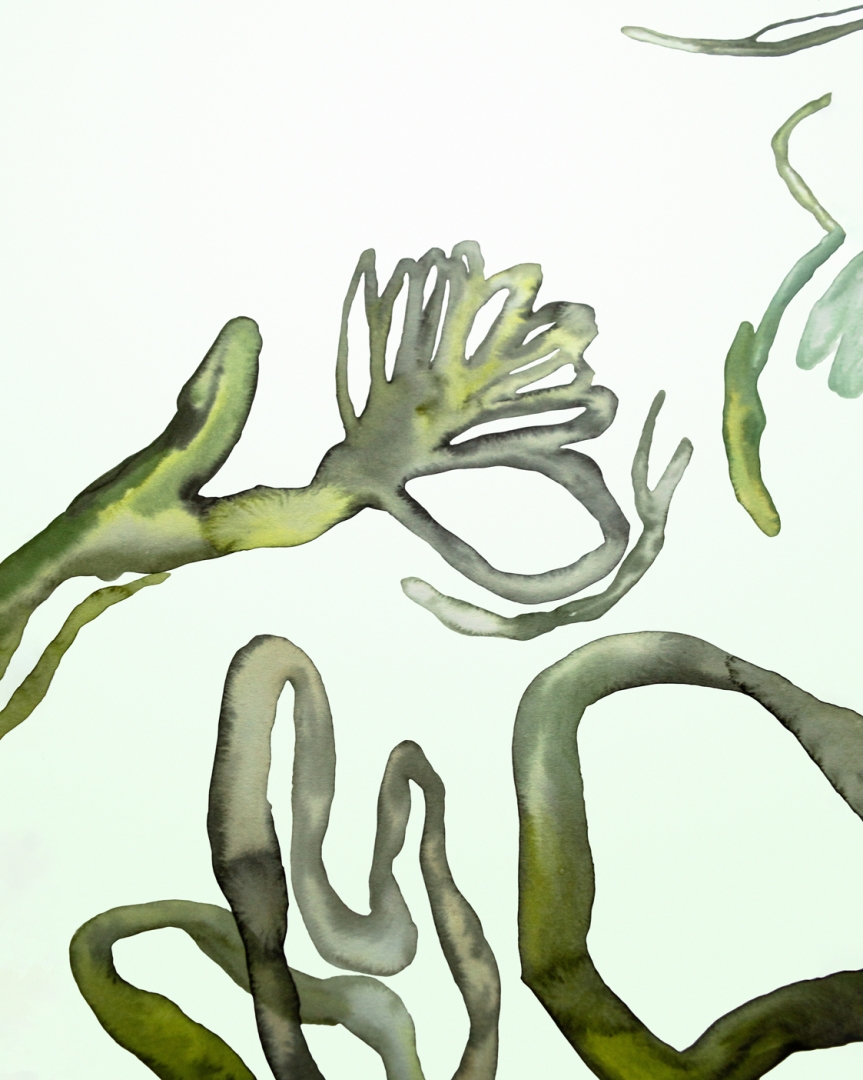A garden is a limited ecosystem in which man is in charge of the development and growth of natural forms. The incentive for creating a garden could be either an aesthetic, experimental or a practical consideration. However wild or maintained a garden may be, its main characteristic is the authority of the gardener and his or her control over everything that takes place there. People set their borders in a garden on many levels while deciding which species to bring together, which to weed out, which to restrain and which to let grow freely.
Thousands of years of human experience has planted the archetype of the garden deep within us. We feel the power of this archetype while being captivated by an amazing view, enchanted by a blooming lily or when spending time in the soothing atmosphere of a garden. As gardeners, we cannot help but keep trying to recreate this primordial garden that exists in our soul but never quite manifests itself in external reality.
According to Carl Gustav Jung, this garden is the product of our collective unconscious. And while following the above-mentioned definition, the precondition for this product is the existence of control. Thus not a single garden, plantation or park exists without the control of people. The
idea of a garden sounds beautiful, but it is nevertheless one of the primary features of the colonization of the planet. Is it somehow possible to get rid of this control? To act, to be and to dream without possessing, to express oneself without establishing authority and borders? Painters Solveig Lill and Olev Kuma are both looking for the answers to these questions. Although Lill and Kuma work in different spheres of the same concept, they are both looking for situations that would bring about a continuous re-evaluation of the concept of border—where nothing stands still and is never quite certain.
The watercolour paintings of Solveig Lill take the viewer to the microscopic level of the biological scale—from this perspective, all kinds of man-made borders seem to be immeasurably far, liberating the viewer’s perception from both physical and mental barriers. According to Lill, borders end where our vision, eye or the microscope ends. The rest is up to our imagination.
Olev Kuma approaches the subject of borders through a psychological sense. His abstract yet meticulously structured paintings are as sets of various layers of the unconscious. These refer to our perceptions, elusive changes within them, and the possibility to manipulate with those perceptions on the verge of a sense of danger. Feeling the borders of the collective unconscious is one of the intentionally manifested purposes of Kuma’s artistic practice.
The works by these two artists form a whole, which gives sensitive viewers an opportunity to study their own personal inner garden and the extent of its control. And maybe think about how much to cultivate it or how much to let it grow weeds.
Holger Loodus
Solveig Lill (1994) obtained a bachelor’s degree in the department of painting at the University of Tartu and master’s degree in contemporary art at the Estonian Academy of Arts (2020). She has also studied at the Art University of Berlin as an exchange student. Through various visual media, Lill talks about the microworld while emphasizing the key role of this strangest yet physically closest layer of nature in everything relating our perception. While bringing cells and tissues to life through her imagination, Lill opens another way to that physically inaccessible scale. Lill has participated in several exhibitions in Tallinn, Tartu, Vilnius and Berlin. Her previous personal exhibition A Microbe’s Dearest Memory took place in Tartu Art House in 2022.
Olev Kuma (1990) has graduated from the departments of graphic design and painting at the Estonian Academy of Arts and studied in arts academies of Latvia and Slovakia. The central interest of his practice is interconnections between vision and the unconscious; he is intrigued by the relations between colour and space as well as the secret aspects of the nature of reality and the history of humankind. His artwork exhibited in A Garden Without Borders is a conceptual follow-up to his personal exhibition Transmission held in 2022. Kuma has participated in exhibitions in Estonia, Finland, Austria, and England.
Exhibition is supported by the Cultural Endowment of Estonia.
Exhibitions in Hobusepea gallery are supported by the Cultural Endowment of Estonia, Estonian Ministry of Culture and Liviko Ltd.




